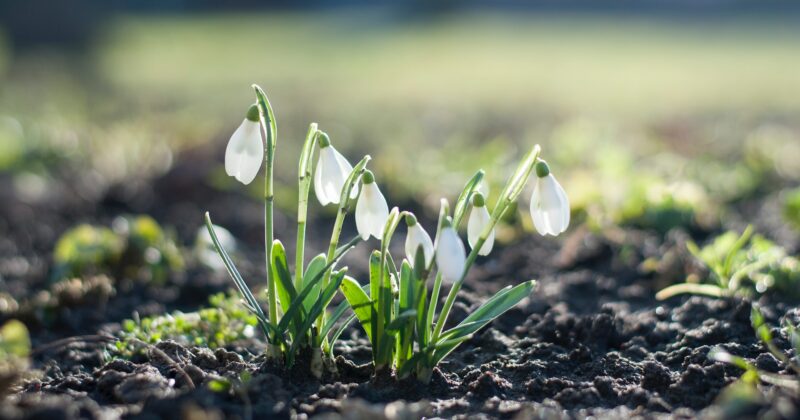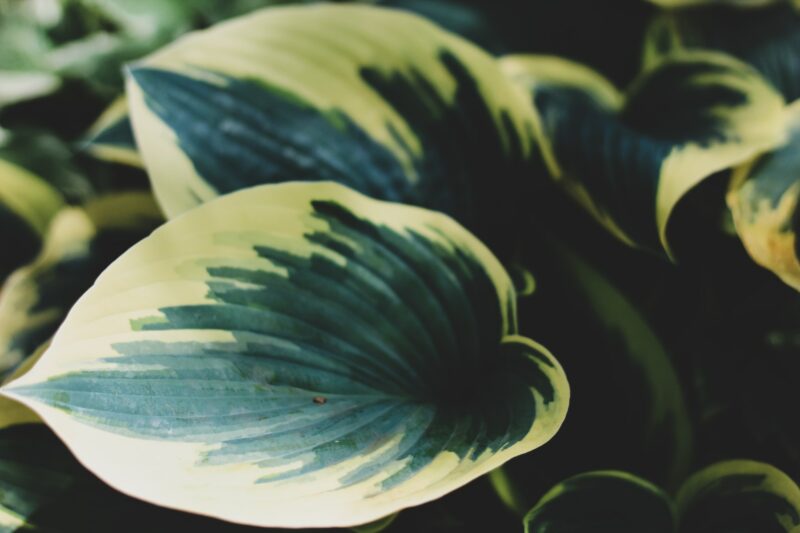
Continuing on our theme for winter plants, we can now talk about snowdrops, the most common variant being the Galanthus nivalis. As its name says, snowdrops are hardy, perennial plants that flower in the winter and in early spring. In fact, they can even push through the ground! The flowers are pretty although they do not have tall stems, and usually white, fragrant, delicate, and bell-shaped, although there are a number of varieties available. Each flower consist of two whorls of three lobes. The typical plant has gray-green leaves shaped like narrow blades.
They are usually planted in gardens to accentuate the winter landscape and replace the summer and fall flowers, although they can be situated with deciduous shrubs. Snowdrops also look striking along borders, planted in grass, along walkways, and in rock gardens. It is not advisable to plant them in pots, as the soil tends to dry out, unless the plants are repotted on annual basis. They tend to be expensive, so most gardens start with 1-2 plants and then expand over the years. For ideal aesthetics, it is best to have at least 25 bulbs in an area.
It is important to note that snowdrops are toxic to both animals and humans, so this may not be the best choice for you should you have pets or children.
Caring for snowdrops
Even though snowdrops grow in harsher weather conditions, they still need to be taken cared of. They prefer moist but well-drained soil (with some sand or grit) that is rich in hummus and should be in partial shade. These plants may require up to 6 hours of sunlight daily. They can be planted as dry bulbs in October or November or “in the green” in early spring, the latter being preferable. This, however, will predispose the plants to squirrel infestation; this can be prevented by encasing plants in wire frames while they grow. Aside from this, there aren’t really any pests or disease that plague snowdrops.
These plants tend to dry out and should be planted soon after being bought, with the flat base of the bulb down on the soil. A couple of inches of soil covering the bulbs should be sufficient, and bulbs should be planted approximately 3 inches apart. Fertilizer can be applied initially and after the season to prepare for next year. However, once established, snowdrops very easy to maintain. They should be watered when dry until the leaves are yellow and, when the leaves wilt, they can be left alone to ensure that the nutrients go back to the bulbs.
Snowdrops become dormant by late spring and will rest until the next year. Pruning is not necessary. Care should therefore be taken when planting other plants, as the snowdrops bulbs may be harmed during the digging. To prevent this, summer ferns can be planted next to the snowdrops and will therefore mark the spots where the dormant bulbs are. Plant labels can also be used as markers. Over time, the snowdrop clumps will grow as offsets from the parent bulb and can be separated to be replanted, ideally every 3 years.
Have any more questions about snowdrops? Give our team a call at Likas Landscaping, and we’ll be there to make your garden beautiful again.



